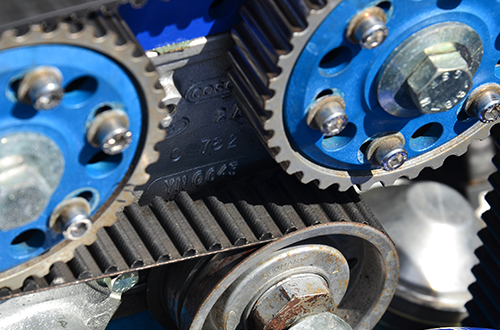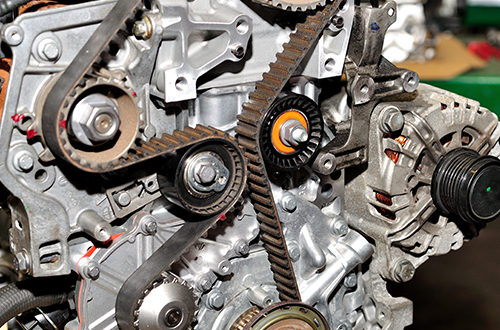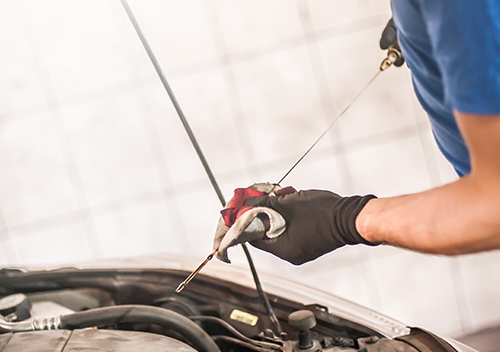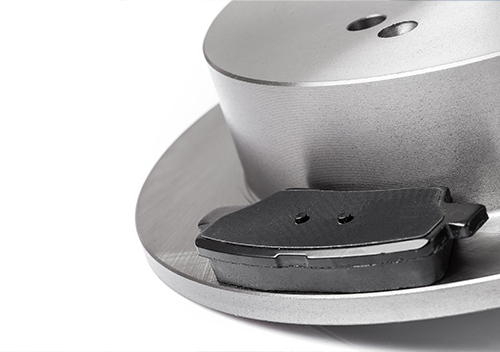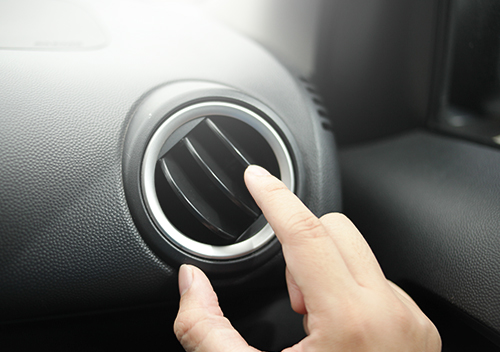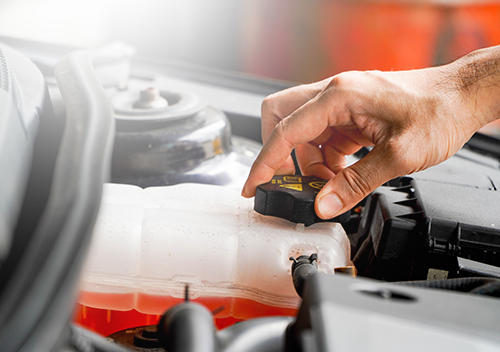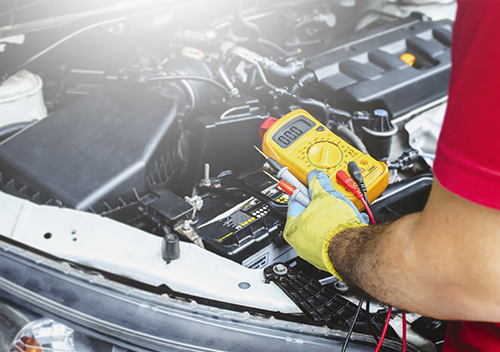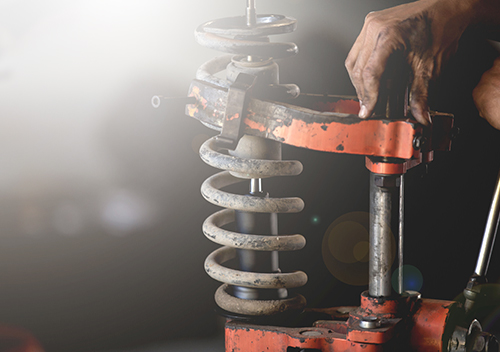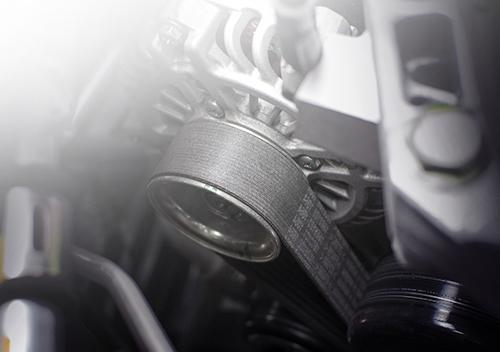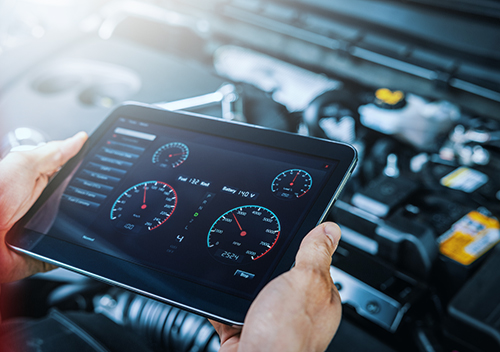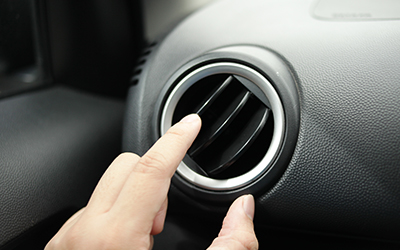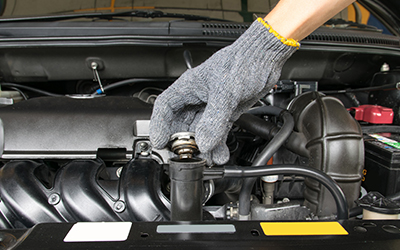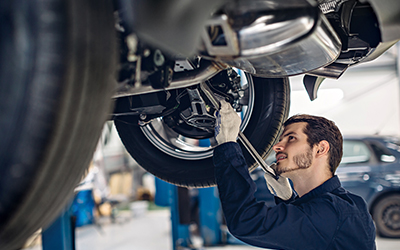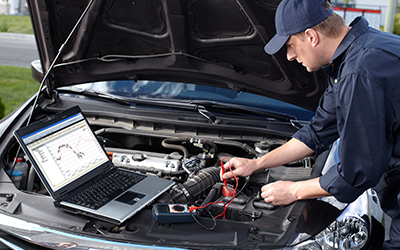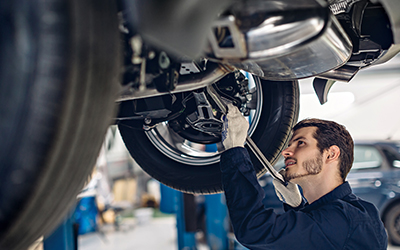Your vehicle has several fans and belts designed to wear over time. You may extend the longevity of your vehicle's components when you schedule regular maintenance. Having your timing belt inspected during your regularly scheduled maintenance can ensure optimal operation of your timing belt.
Timing Belt Replacement
Your vehicle's timing belt connects the crankshaft and camshafts to ensure your engine's synchronization opens and closes the valves at the correct times. When the timing belt begins to slip or if it breaks, your vehicle's engine is at risk of engine damage. Although different manufacturers provide maintenance recommended mileage, you should have your car's timing belt checked regularly. Performing timing belt replacements requires a few days to complete. Anticipate having your car, truck, or SUV held up for several days.
Vehicle Belts
Other belts include the serpentine belt, drive belt, and accessory belt. Belts are not designed to last forever and crack or weaken over time. Your vehicle's health depends on checking your belts frequently.
Serpentine Belt
The serpentine belt transports power to the engine accessories: the vehicle's alternator, power steering, air conditioning, and your vehicle's water pump. The serpentine belt is simple enough to inspect. Visible cracks in shallow grooves may indicate replacement. The serpentine belt should be inspected every 10,000 miles after 60k and be replaced around 90,000 miles.
Drive Belt
Drive belts (sometimes known as fan belts) are typically found on older vehicles. Loose drive belts will squeak or will not allow the vehicle's components to operate correctly. If you have an older vehicle, it may be time to replace the drive belt if it appears cracked or the tension is limited.
The tension of the drive belt can be tested by simply applying pressure to the belt and viewing how much it moves. If the belt moves more than an inch, the belt is too loose. If the belt doesn't move up to an inch during inspection, it's too tight. Testing and replacing drive belts are best for an experienced auto mechanic.
Accessory Belt
Accessory belts provide power to other accessories such as the alternator, air conditioning, and sometimes the water and power steering when a serpentine belt is absent - typically for older vehicles. Like the serpentine belt, it must be replaced when an accessory belt shows signs of wear, such as cracks, fraying, or stretching.
For long-term auto care, understanding your engine's belts is essential - or, at minimum, allowing Waters Auto Repair to help you stay on top of wear and tear. To keep your vehicle in optimal condition, ensure you allow your vehicle to be inspected during the mileage markers.
Entrusting belt inspection and repair to a trusted auto mechanic is essential. Our professional auto mechanics conduct thorough inspections of your car's belts and recommend vehicle repair or part replacement with any worn components.






